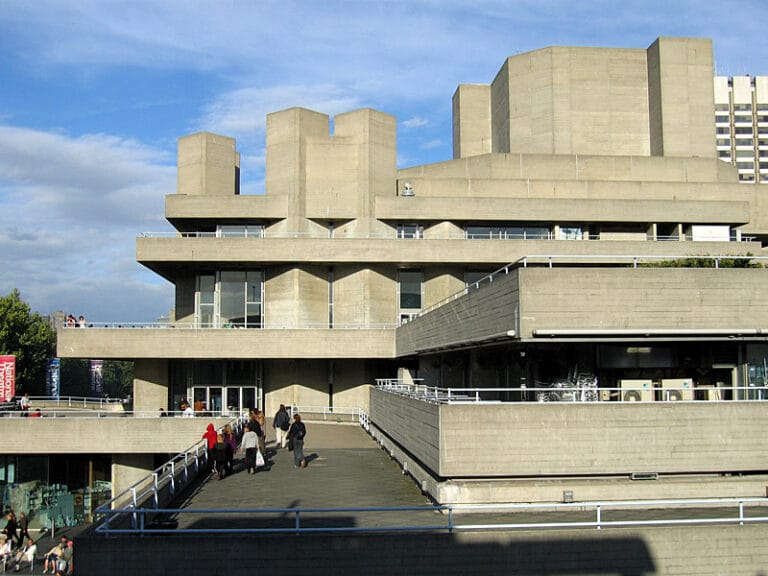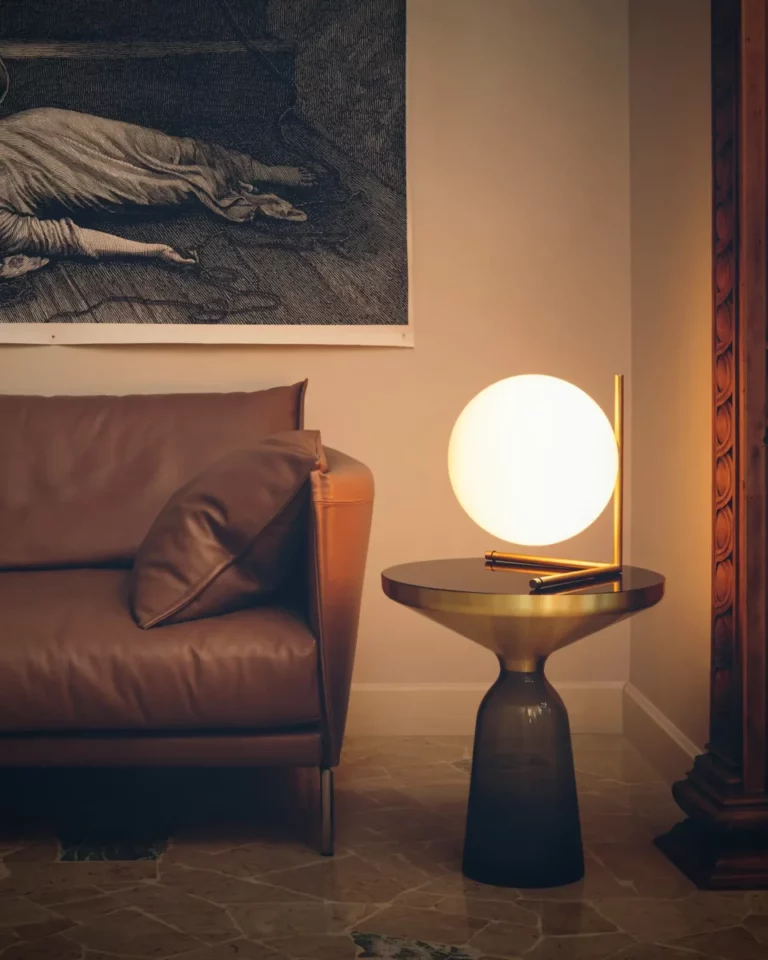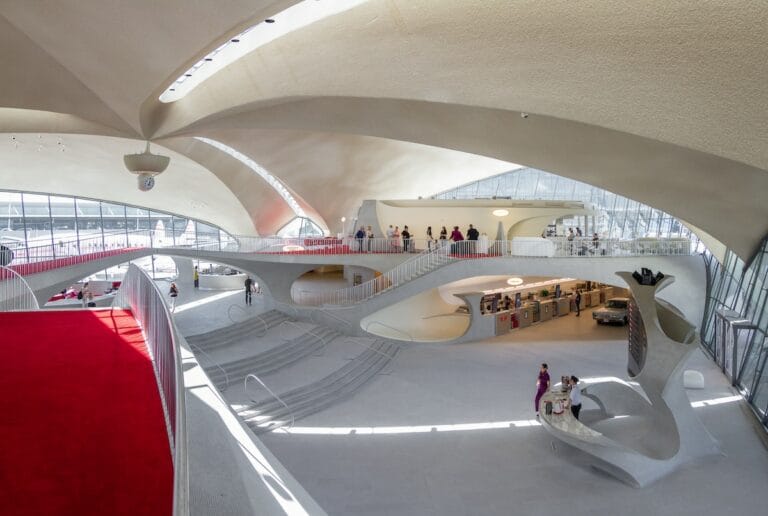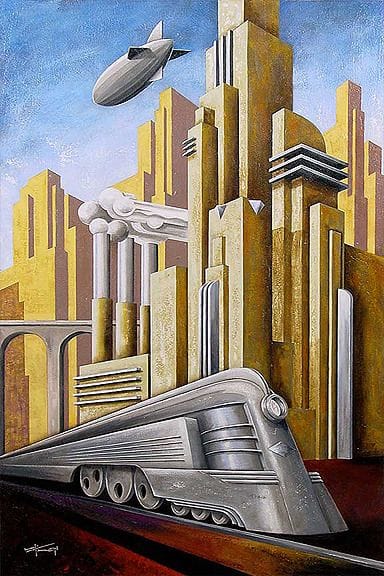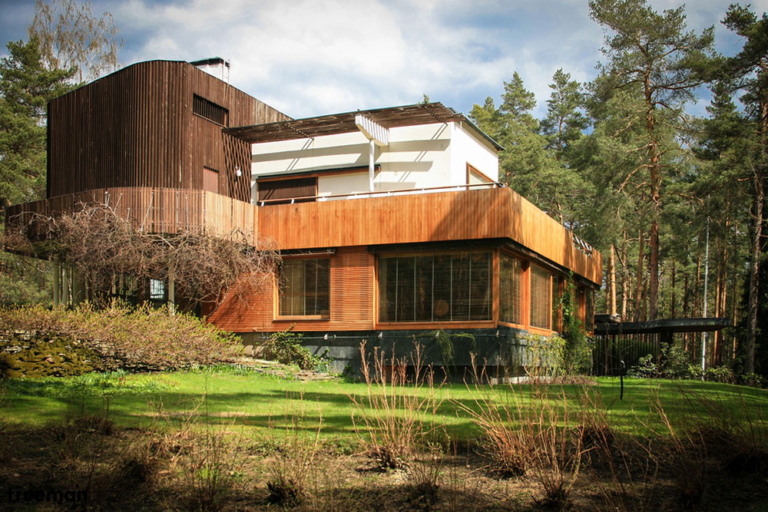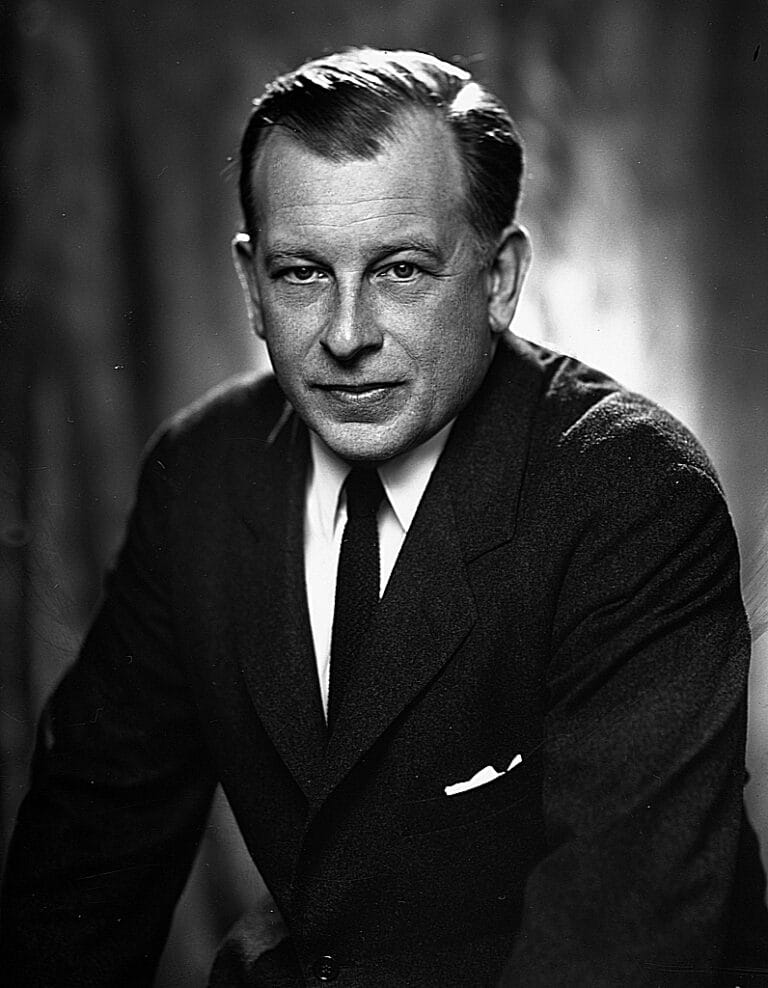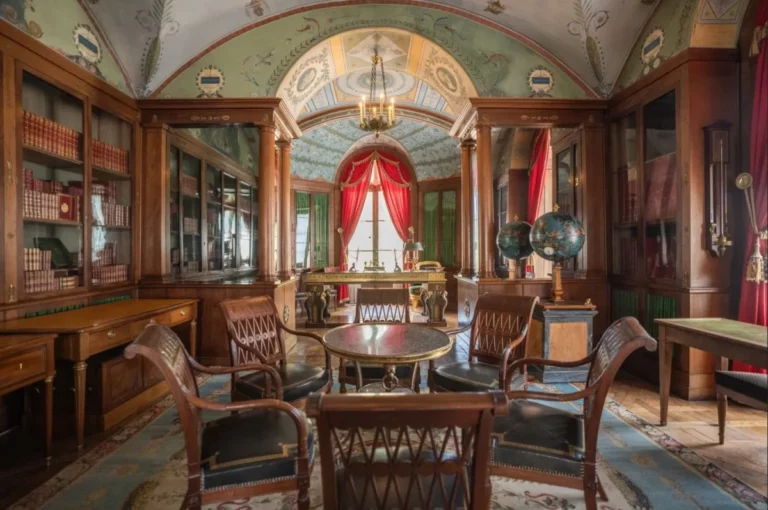Mid-Century Modern (1945-1965): The American Golden Age
Los Angeles, 1949. In the hills of Pacific Palisades, Charles and Ray Eames complete their Case Study House #8, an architectural manifesto of postwar America. Steel, glass, and vibrant colors assemble into a lightweight structure open to the California landscape. While Europe laboriously rebuilds and the Bauhaus dissolves into emigration, America invents a new aesthetic…


